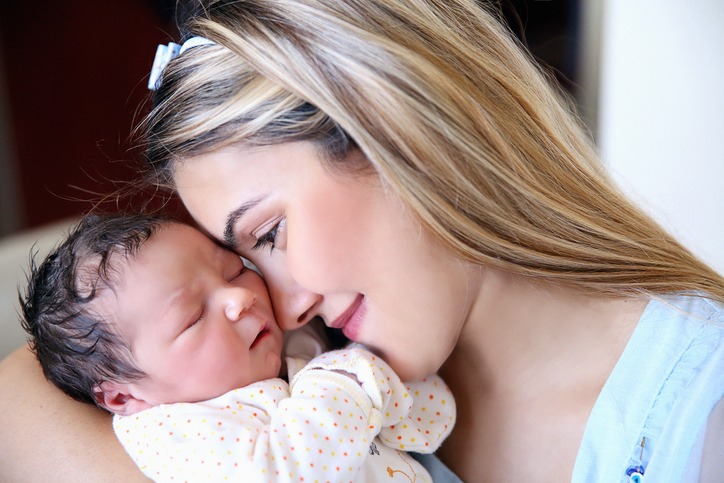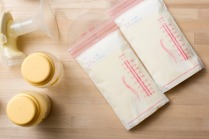Everything You Need To Know About Placenta Accreta
The pregnancy condition that Kim Kardashian suffered from is on the rise...and here's what you should know
18 October 2018

When Kim Kardashian and Kanye West decided to have a third baby, they opted for a surrogate.
While it’s easy to read this kind of headline and dismiss it as just another celebrity trope, the deeper meaning of Kardashian’s choice not to carry baby Chigaco was actually down to condition called placenta accreta, which she’d suffered from in her first two pregnancies.
Now doctors are warning that there should be more advice about placenta accreta to expectant mothers – particularly to those who have undergone fertility treatment or opt for a cesarean section, as this can increase the risk.
What is placenta accreta?
When a woman gets pregnant, a placenta develops in her uterus....this spongy organ provides oxygen and nutrients to the growing fetus and removes waste products from the baby’s blood.
Usually, when you give birth, your placenta is naturally delivered through the vagina, alongside the baby.
Placenta accreta happens when a mother’s placenta grows too deeply into the lining of the uterus, to the point where it doesn’t naturally detatch on its own after the baby is born.
Though the placenta still performs its usual functions during pregnancy, the rare condition can be particularly dangerous and painful for mothers, because trying to manually detatch the placenta after birth can cause internal bleeding and damage to other organs that the placenta may be attached to.
It can also cause women to give birth prematurely.
In aggressive cases, the placenta may even invade the muscles of the uterus or grow through the uterine wall - generally, the deeper the placenta is attached, the more dangerous it is for the mother.

What are the symptoms?
The scary thing about placenta accreta is that there are usually no symptoms. Experts say that you might experience vaginal bleeding during the third trimester and, occasionally, it’s detected during a routine ultrasound.

What causes it?
Doctors think that the condition is related to abnormalities in the lining of the uterus – if you’ve experienced scarring after a C-section or other uterine surgery, this can increase your risk.
However, placenta accreta can occur without a history of uterine surgery, which is why all expectant mothers should be aware of it.
Other factors that can increase the risk of placenta accreta include:
If the placenta partially or totally covers your cervix or sits in the lower portion of your uterus, you’ve got more chance of developing it.
Placenta accreta is more common in women older than 35 years old and the risk increases as your number of pregnancies increases.

How can I avoid getting it?
Unfortunately, there is nothing a woman can do to prevent placenta accreta from happening and there is little that can be done once it’s been diagnosed – although your healthcare provider should monitor you closely with the intent of scheduling a delivery.
If the condition is diagnosed during pregnancy, you’ll likely need an early C-section delivery followed by the surgical removal of your uterus (hysterectomy), although surgery may also be performed to spare the uterus, depending on the damage.
The RCOG is warning that the rates of placenta accreta are increasing as a result of more women opting for cesarean births, and the rise of fertility treatments such as IVF.
Both can cause scarring in the uterus, which means that any pregnancies after an IVF or cesarean birth are more likely to produce placentas that implant in the scar tissue.
That’s why it’s particularly important to discuss any surgery or fertility treatments with your doctor, if you want to have additional children down the line.

























.png?itok=SvZPqMHH)




.png?itok=uB2ieOR7)












